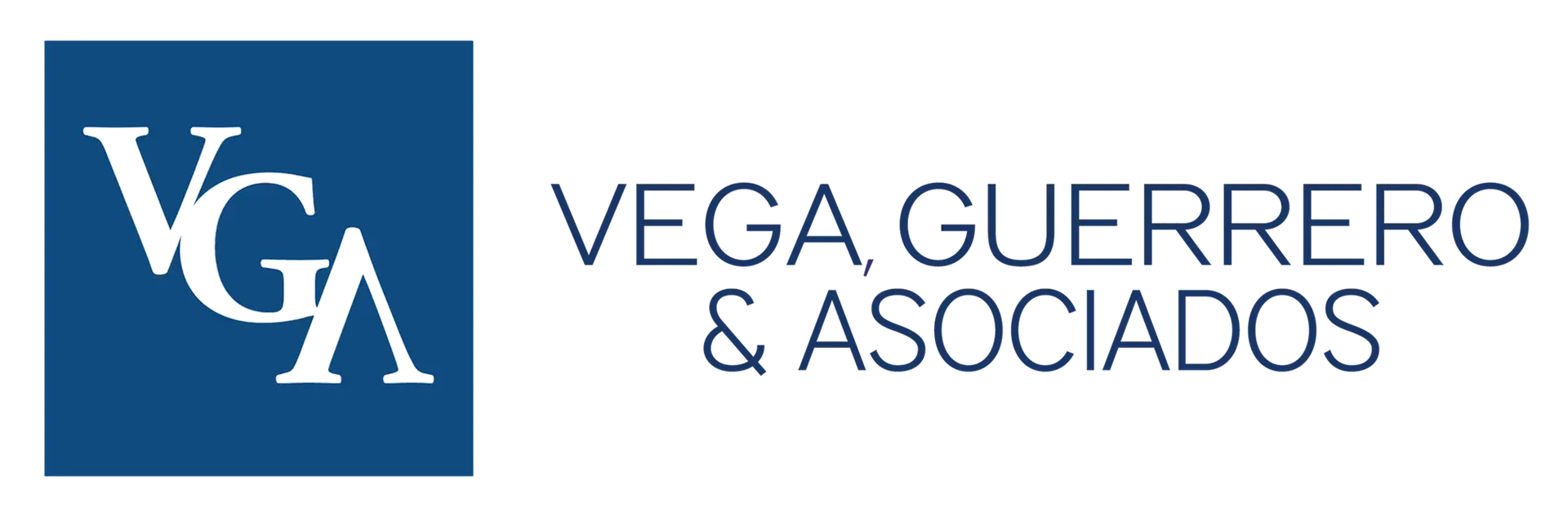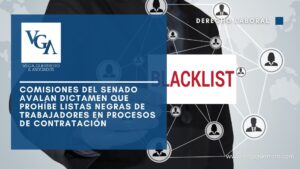By: Lizbeth Espinoza
According to the General Law for the Prevention and Integral Management of Wastes (LGPGIR), a Management Plan is an instrument aimed at reducing the generation and maximizing the valorization of Hazardous Wastes. Producers, importers, exporters, and distributors of products that generate these wastes must execute this Plan.
Under the LGPGIR, a waste is considered hazardous if it exhibits corrosive, reactive, explosive, toxic or flammable properties, or contains infectious agents. NOM-052-SEMARNAT-2005 complements this definition by detailing the characteristics, identification procedures, classification, and corresponding listings for hazardous wastes.
The LGPGIR categorizes generators of hazardous wastes into three groups based on the amount generated annually: micro, small, and large generators. Large generators, as well as those in the Mining-Metallurgical Industry, must develop a Management Plan. On the other hand, small and micro-generators have the option to adhere to one of the Management Plans published by SEMARNAT.
Some of the elements that a Management Plan must include are as follows:
- Modality: by the involved parties, through association, by scope of application.
- Wastes subject to the management plan
- Waste minimization: minimization goals (%)
- Waste valorization: type of valorization activities
- Comprehensive management
- Adhesion mechanisms
The Management Plan must be registered with SEMARNAT, which will assess whether the minimization and valorization goals are sufficient, as well as the suitability of the activities aimed at these purposes. Upon approval, an authorization will be issued, which the corresponding entity must maintain and comply with according to the guidelines established by SEMARNAT.




